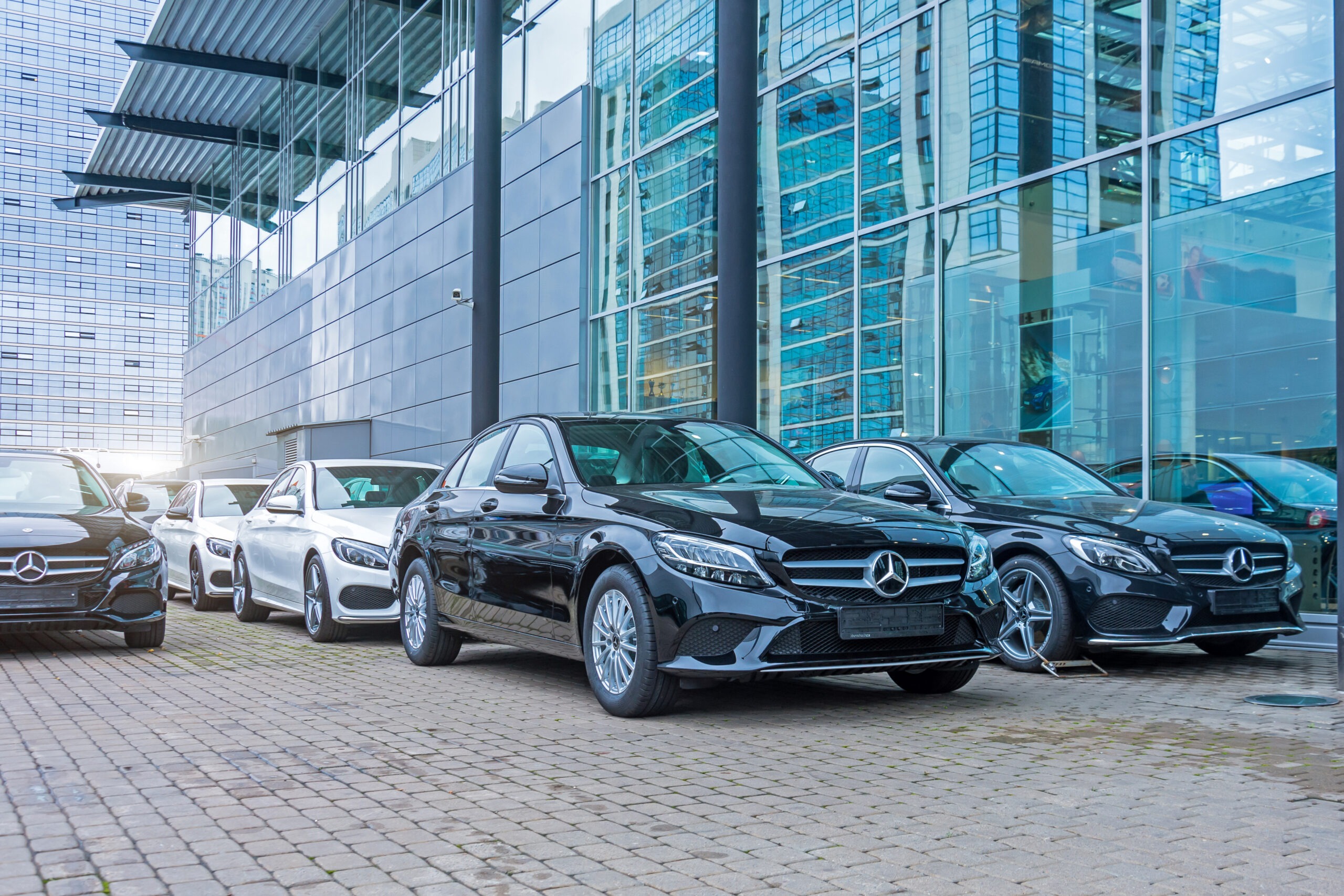
Understanding Depreciation in Car Leasing
Car leasing has become an increasingly popular option for those who want to drive a new vehicle without committing to full ownership. One of the key factors that determine the cost of a car lease is depreciation, which refers to the reduction in the vehicle’s value over time. Understanding how depreciation works and its impact on your lease agreement is crucial for making an informed decision. In this comprehensive guide, we will explore what depreciation is, how it affects your lease payments, and what you can do to manage its impact. By the end, you will have a better understanding of how depreciation plays a role in car leasing, and how you can make the most of your leasing experience.
What is Depreciation?
Depreciation is the gradual decline in a car’s value over time, mainly due to wear and tear, mileage, age, and market conditions. From the moment you drive a new car off the lot, it begins to lose value. The rate of depreciation can vary significantly depending on the make and model of the vehicle, as well as other factors such as its popularity, fuel efficiency, and the availability of newer models.
When you lease a car, you are essentially paying for the portion of the car’s value that depreciates during the lease term. This is why understanding depreciation is essential when considering a lease agreement. It not only affects the cost of your monthly payments but also determines the vehicle’s residual value at the end of the lease.
How Depreciation Affects Your Lease Agreement
Depreciation plays a significant role in determining the financial aspects of a car lease. Here’s how it impacts your lease agreement:
- Monthly Lease Payments
The primary way depreciation affects your lease is through your monthly payments. When you lease a car, the leasing company estimates how much the vehicle will depreciate over the lease term. This estimated depreciation is the amount you will pay off during your lease, spread out over your monthly payments.
For example, if you lease a car that costs £30,000 and it is expected to be worth £18,000 at the end of a three-year lease, the car is expected to depreciate by £12,000 over that period. This £12,000 is the amount you will pay for during the lease, along with interest and any other fees. The higher the rate of depreciation, the higher your monthly payments will be.
- Residual Value
The residual value is the estimated value of the car at the end of the lease term. It is a critical factor in calculating your lease payments. The residual value is determined by the leasing company based on the expected depreciation. If a car has a high residual value, it means it is expected to retain more of its original value, leading to lower depreciation and lower lease payments.
Conversely, if a car has a low residual value, it means it is expected to depreciate more, leading to higher lease payments. Cars with higher residual values are often more attractive for leasing because they result in lower monthly costs.
- Mileage Limits
Mileage is one of the factors that contribute to a car’s depreciation. The more miles a car has, the more it is likely to depreciate. This is why lease agreements often come with mileage limits, typically ranging from 10,000 to 15,000 miles per year. Exceeding these limits can result in additional charges, as the extra mileage will lead to more depreciation than originally anticipated.
If you anticipate driving more than the mileage limit, it’s important to discuss this with the leasing company upfront. They may offer a higher mileage allowance at an additional cost, which could still be more cost-effective than paying excess mileage fees at the end of the lease.
- Wear and Tear
Wear and tear are inevitable when you use a vehicle, but excessive wear and tear can accelerate depreciation. Leasing companies usually outline what is considered normal wear and tear in the lease agreement. If the vehicle is returned with damage or excessive wear beyond what is deemed acceptable, you may be charged for the repairs, as this will reduce the car’s value more than expected.
Maintaining the car properly and addressing minor repairs before returning it can help you avoid these additional costs and ensure that the depreciation does not exceed what was accounted for in your lease.
- End-of-Lease Options
At the end of your lease, you typically have several options: return the car, buy it at the residual value, or lease a new vehicle. Understanding how depreciation has affected the car’s value is crucial when deciding which option to choose.
If the car’s market value is higher than the residual value, it might be a good idea to purchase the vehicle. On the other hand, if the car has depreciated more than expected, you might prefer to return it and lease a new one. Understanding depreciation allows you to make an informed decision that aligns with your financial goals.
Managing Depreciation in Car Leasing
While you cannot completely avoid depreciation, there are ways to manage its impact on your lease agreement:
- Choose a Car with a High Residual Value
Cars that are known for retaining their value well are often better choices for leasing. Brands with strong reputations for reliability, low maintenance costs, and high demand in the used car market typically have higher residual values. Doing some research on which models have the best residual values can save you money on your lease.
- Negotiate the Purchase Price
Just like when buying a car, the purchase price (also known as the capitalised cost) is negotiable in a lease. A lower purchase price reduces the amount of depreciation you have to pay for, which can lower your monthly payments. Before signing a lease agreement, try to negotiate the purchase price with the dealership.
- Limit Your Mileage
Staying within the mileage limits of your lease agreement can help you avoid additional charges and keep depreciation in line with what was originally estimated. If you know you will exceed the mileage limit, it’s better to negotiate a higher allowance at the start of the lease.
- Take Care of the Vehicle
Proper maintenance and care can help preserve the car’s value and prevent excessive depreciation. Regular servicing, keeping the car clean, and addressing any minor issues promptly can reduce the risk of wear and tear charges at the end of the lease.
- Consider Gap Insurance
Gap insurance covers the difference between the car’s actual value and the remaining balance on your lease in case the vehicle is totalled or stolen. Since cars depreciate quickly, especially in the first few years, gap insurance can protect you from financial loss if the car’s value drops below what you owe on the lease.
Learn More About Depreciation and Its Impact on Leasing Deals
Understanding depreciation is key to making the most of your car lease. By knowing how it affects your monthly payments, residual value, and overall lease costs, you can choose a lease that fits your budget and needs. Whether you’re considering leasing for the first time or looking to upgrade your current vehicle, we’re here to help. Visit our site to learn more about how depreciation impacts leasing deals and explore our range of options designed to give you the best value for your money.
Conclusion
Depreciation is an unavoidable aspect of car leasing, but by understanding how it works and its influence on your lease agreement, you can make more informed decisions. From selecting a car with a high residual value to negotiating the purchase price and maintaining the vehicle, there are several ways to manage depreciation and minimise its impact on your finances. By staying informed and proactive, you can enjoy the benefits of leasing a new vehicle while keeping costs under control. Visit our site today to discover more about leasing and find the perfect deal that meets your needs.









